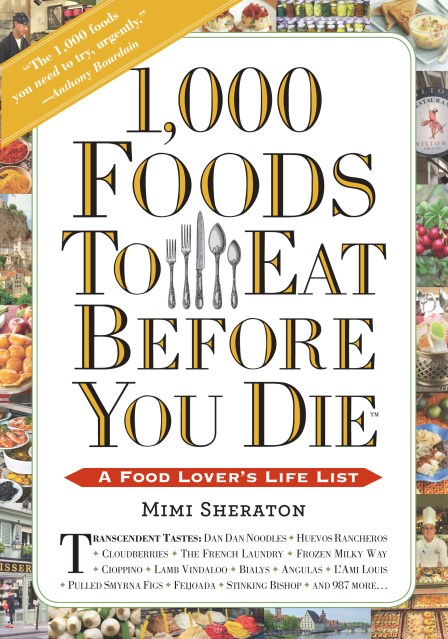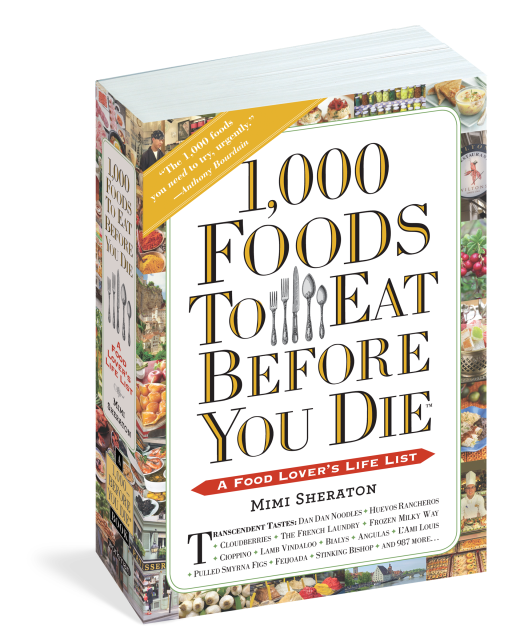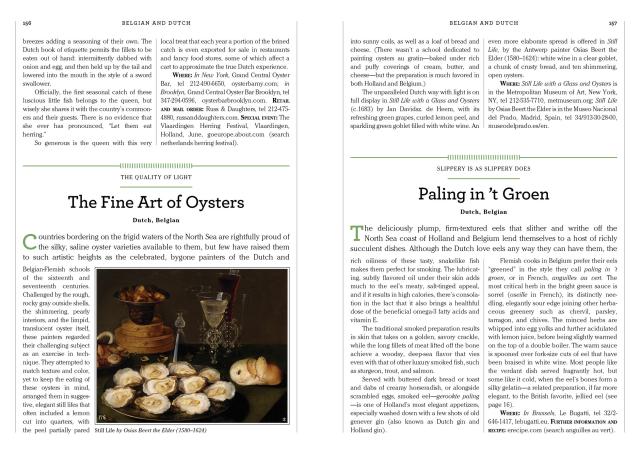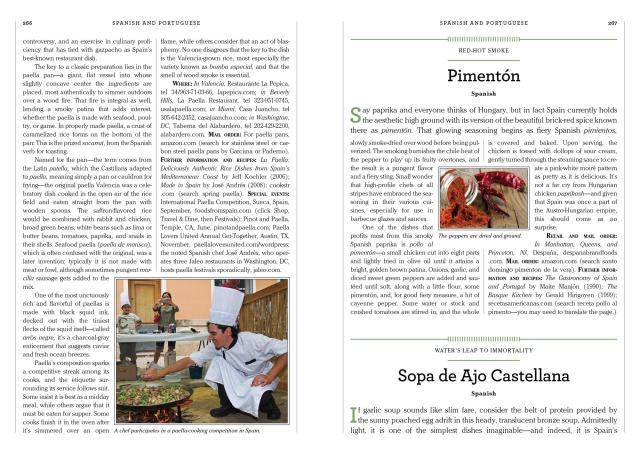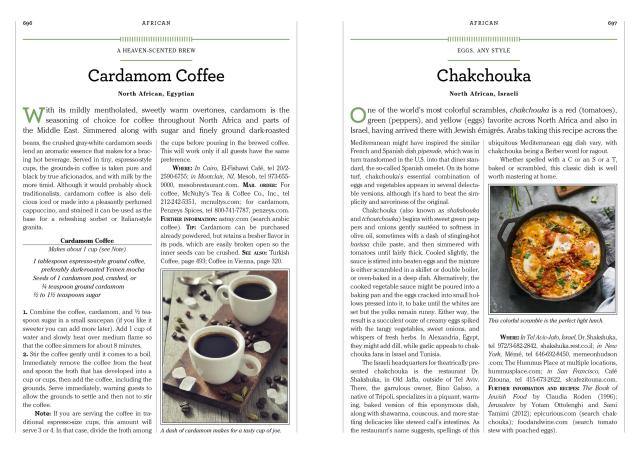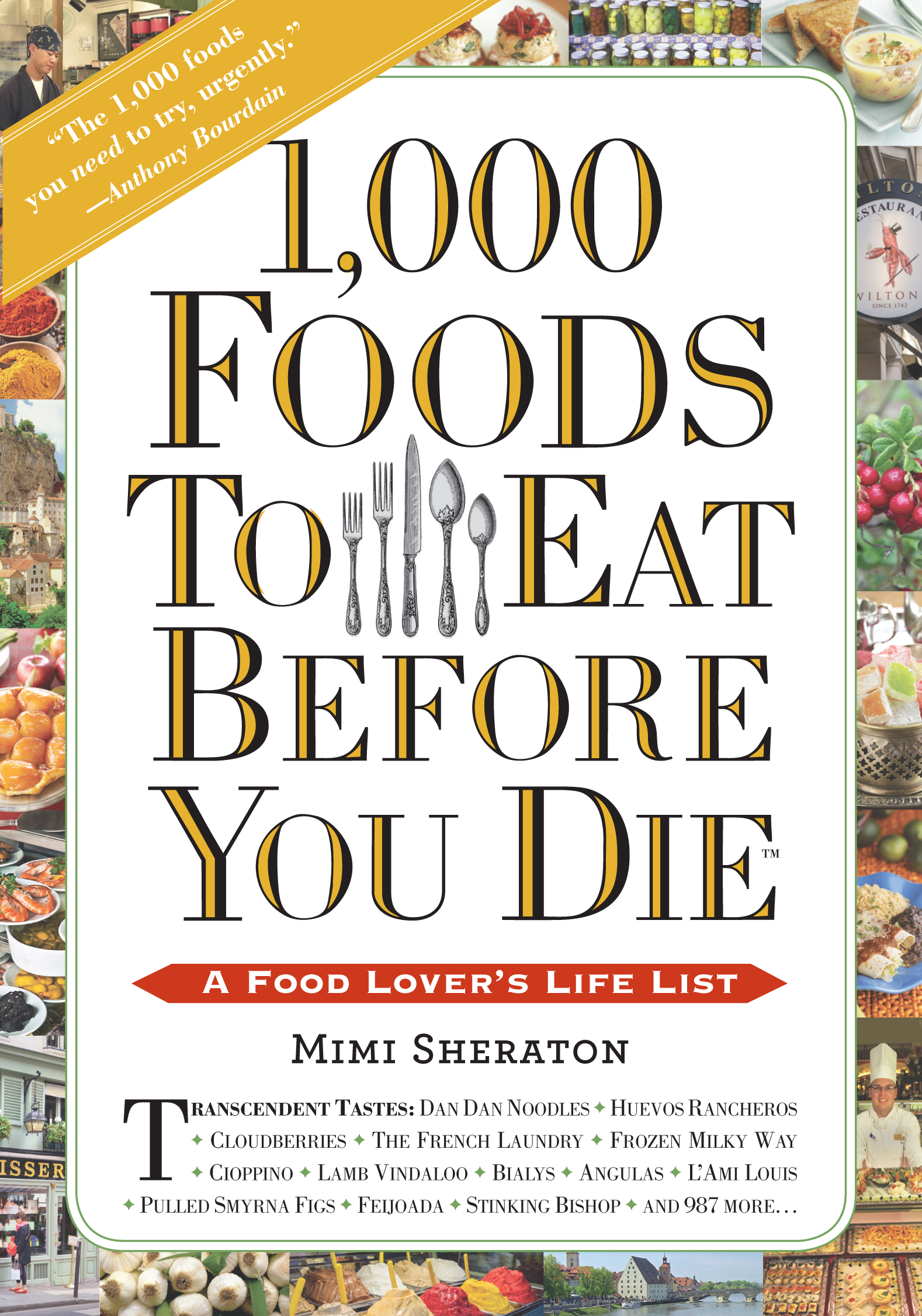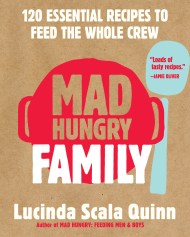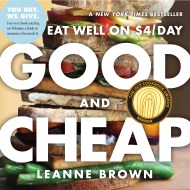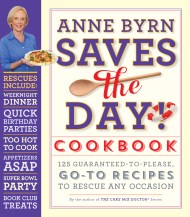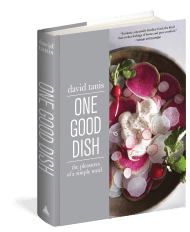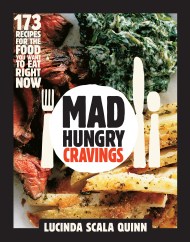Promotion
Use code MOM24 for 20% off site wide + free shipping over $45
1,000 Foods To Eat Before You Die
A Food Lover's Life List
Contributors
Formats and Prices
Price
$27.95Price
$34.95 CADFormat
Format:
- Trade Paperback $27.95 $34.95 CAD
- ebook $14.99 $19.99 CAD
This item is a preorder. Your payment method will be charged immediately, and the product is expected to ship on or around January 13, 2015. This date is subject to change due to shipping delays beyond our control.
Also available from:
The ultimate gift for the food lover. In the same way that 1,000 Places to See Before You Die reinvented the travel book, 1,000 Foods to Eat Before You Die is a joyous, informative, dazzling, mouthwatering life list of the world’s best food. The long-awaited new book in the phenomenal 1,000 . . . Before You Die series, it’s the marriage of an irresistible subject with the perfect writer, Mimi Sheraton—award-winning cookbook author, grande dame of food journalism, and former restaurant critic for The New York Times.
1,000 Foods fully delivers on the promise of its title, selecting from the best cuisines around the world (French, Italian, Chinese, of course, but also Senegalese, Lebanese, Mongolian, Peruvian, and many more)—the tastes, ingredients, dishes, and restaurants that every reader should experience and dream about, whether it’s dinner at Chicago’s Alinea or the perfect empanada. In more than 1,000 pages and over 550 full-color photographs, it celebrates haute and snack, comforting and exotic, hyper-local and the universally enjoyed: a Tuscan plate of Fritto Misto. Saffron Buns for breakfast in downtown Stockholm. Bird’s Nest Soup. A frozen Milky Way. Black truffles from Le Périgord.
Mimi Sheraton is highly opinionated, and has a gift for supporting her recommendations with smart, sensuous descriptions—you can almost taste what she’s tasted. You’ll want to eat your way through the book (after searching first for what you have already tried, and comparing notes). Then, following the romance, the practical: where to taste the dish or find the ingredient, and where to go for the best recipes, websites included.
Genre:
-
“Mimi Sheraton was one of the few critics or writers on food who, had she expressed displeasure with me, would have caused me to consider quitting the business. As a chef, I feared and respected her. As a writer and observer and enthusiast—as someone who travels largely on his stomach—I can tell you that what Mimi doesn't know is hardly worth knowing. This fat, comprehensive guide to the 1,000 foods to eat before dying is just that: 1,000 foods you NEED to try, urgently. Read ... and seek.”
—Anthony Bourdain, author, host, enthusiast
"Her voluminous guidebook is an alphabetical cornucopia of food types and sources..."
—The New York Times
"From abalone to za’tar, Zingermans to Achatz, and lampascioni to lasagna, Mimi Sheraton has scoured the world—both cerebral and physical—to discover the most delicious and thoughtful comestibles. Her taste is intuitive, her curiosity insatiable, and the breadth of her knowledge, research, and experience is encyclopedic. A perfect book for expert and neophyte, it’s the definitive roadmap to gustatory revelations, wherever you are."
—Mario Batali, chef, author, restaurateur, philanthropist
“If you love food, this is a book to read before you die! Mimi Sheraton’s knowledge of the world’s foods is legendary, as is the sharpness of her opinions. On nearly every page of 1,000 Foods to Eat Before You Die I’ve learned something new or honed my own judgment on hers. And with its links to sources and resources all over the world, I'll be dining in and out on it for years to come.”
—Harold McGee, author of On Food and Cooking: The Science and Lore of the Kitchen and Keys to Good Cooking: A Guide to Making the Best of Food and Recipes
“There is no one more authoritative than Mimi Sheraton to help you discover 1,000 Foods to Eat Before You Die. And that’s because she has actually eaten each and every one of them with gusto, and with one of the world’s most discerning and educated palates. This book may just become my go-to source for new menu ideas at our restaurants!”
—Danny Meyer, restaurateur and author of Setting the Table: The Transforming Power of Hospitality in Business
“Informative, evocative, and entertaining. It’s a pleasure to check off the foods you’ve eaten and to plan to try the ones you haven’t yet enjoyed.”
—Marcus Samuelsson, cookbook author, chef, owner of Red Rooster Harlem
“Few people in the world have the experience that Mimi Sheraton brings to the subject of food. I’ll be spending the rest of my days knocking off dish by dish in 1,000 Foods to Eat Before You Die.”
—Bobby Flay, chef, restaurateur
“We are forever grateful to the incomparable Mimi Sheraton for her knowledge and certainty as a journalist and critic.”
—Thomas Keller, chef/proprietor of The French Laundry
“I’m in awe of Mimi’s ability to compile such a beautiful and insightful book, again proving why she is one of the most important food writers of our time. This book is a gift to all food lovers, a thorough, delicious guide on the best dishes and ingredients around the globe.”
—Daniel Humm, chef/owner, Eleven Madison Park and The NoMad
“Who else would you trust on topics ranging from English jellied eel to hokey pokey ice cream from New Zealand and everything in between? Only the well seasoned Mimi Sheraton.”
—Grant Achatz, chef/co-owner Alinea, Next, the Aviary
“Mimi Sheraton has always reminded us that eating is an activity as much of the imagination as of the palate and the tongue. In 1,000 Foods to Eat Before You Die, she reaps the rich harvest of her prodigious gifts of endless curiosity, lightly worn knowledge, and elegance of style. She has provided us with a feast to be tasted and savored with the greatest pleasure.”
—Mary Gordon, author of The Liar’s Wife and Final Payments
“Gargantuan in its appetite and encyclopedic in its scope, this is the most comprehensive book ever written on the great foods of the world. The book every food writer dreams of writing. A tour de force.”
—Steven Raichlen, author of the Barbecue! Bible cookbooks and host of Primal Grill
“Mimi Sheraton has written the definitive international guide for food lovers. Each page is filled with culinary treasures and surprises, presented in an engaging and entertaining manner. Reading and dining pleasure awaits you!”
—Drew Nieporent, restaurateur, Tribeca Grill, Nobu, Bâtard
"This book reads like a map to many of the great food experiences the world has to offer. A valuable addition to any food library.”
—Eric Ripert, chef, Le Bernardin, author Avec Eric: A Culinary Journey with Eric Ripert
"To this non-foodie, 1,000 Foods to Eat Before You Die was a revelation—perhaps the most useful travel guide on my shelf. I'm heading to Marrakesh for tagine right now."
—Andrew McCarthy, travel writer, actor, director
"Mimi Sheraton is a national treasure. Her knowledge of food can't be beat—if anyone knows the 1,000 foods of a lifetime, it's Mimi."
—Daniel Boulud, chef, Restaurant Daniel, New York City
“An epic to-do list, compiled over a lifetime of eating and traveling.”
—Eater.com
- On Sale
- Jan 13, 2015
- Page Count
- 1008 pages
- Publisher
- Workman Publishing Company
- ISBN-13
- 9780761141686
Newsletter Signup
By clicking ‘Sign Up,’ I acknowledge that I have read and agree to Hachette Book Group’s Privacy Policy and Terms of Use
